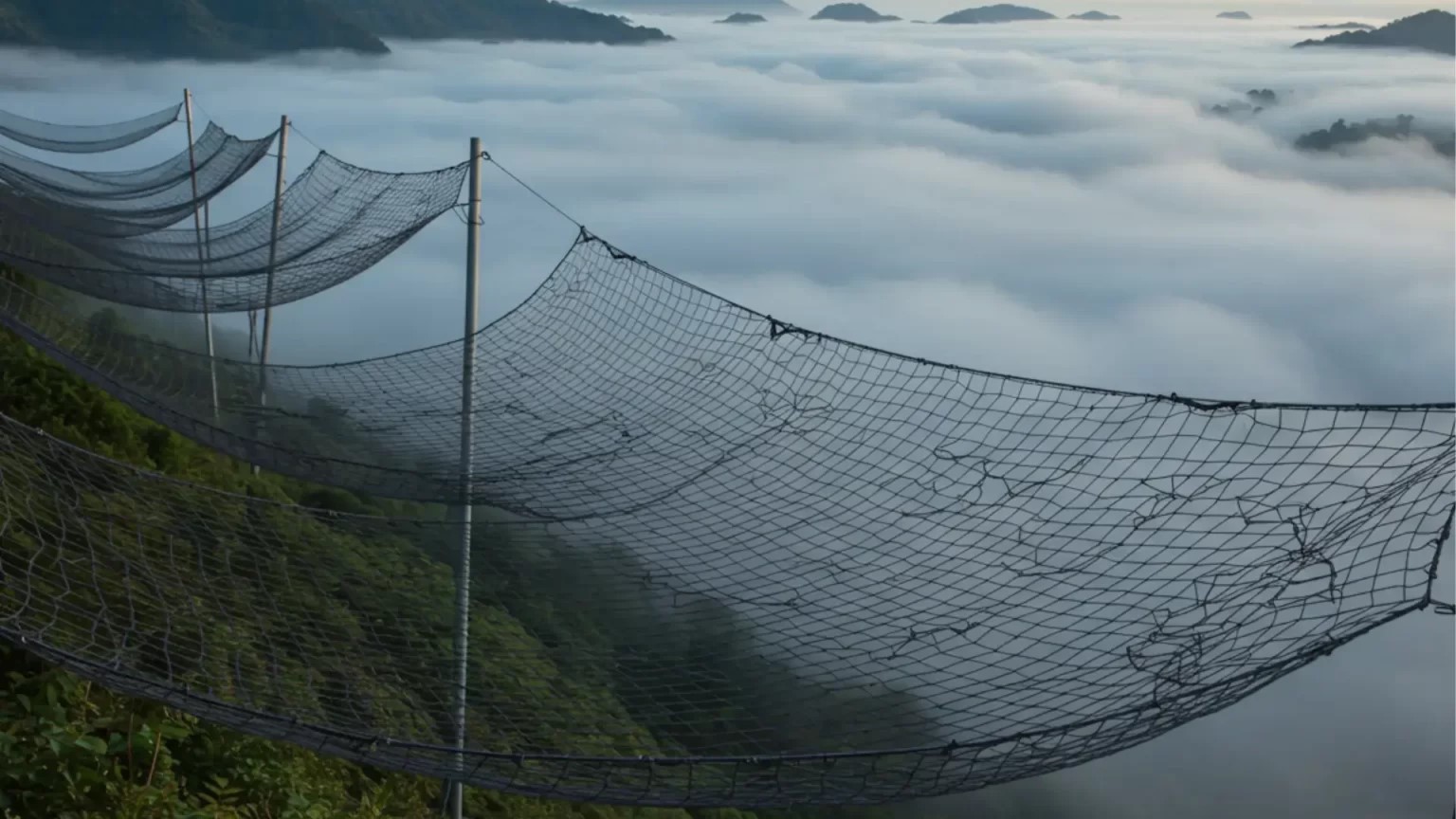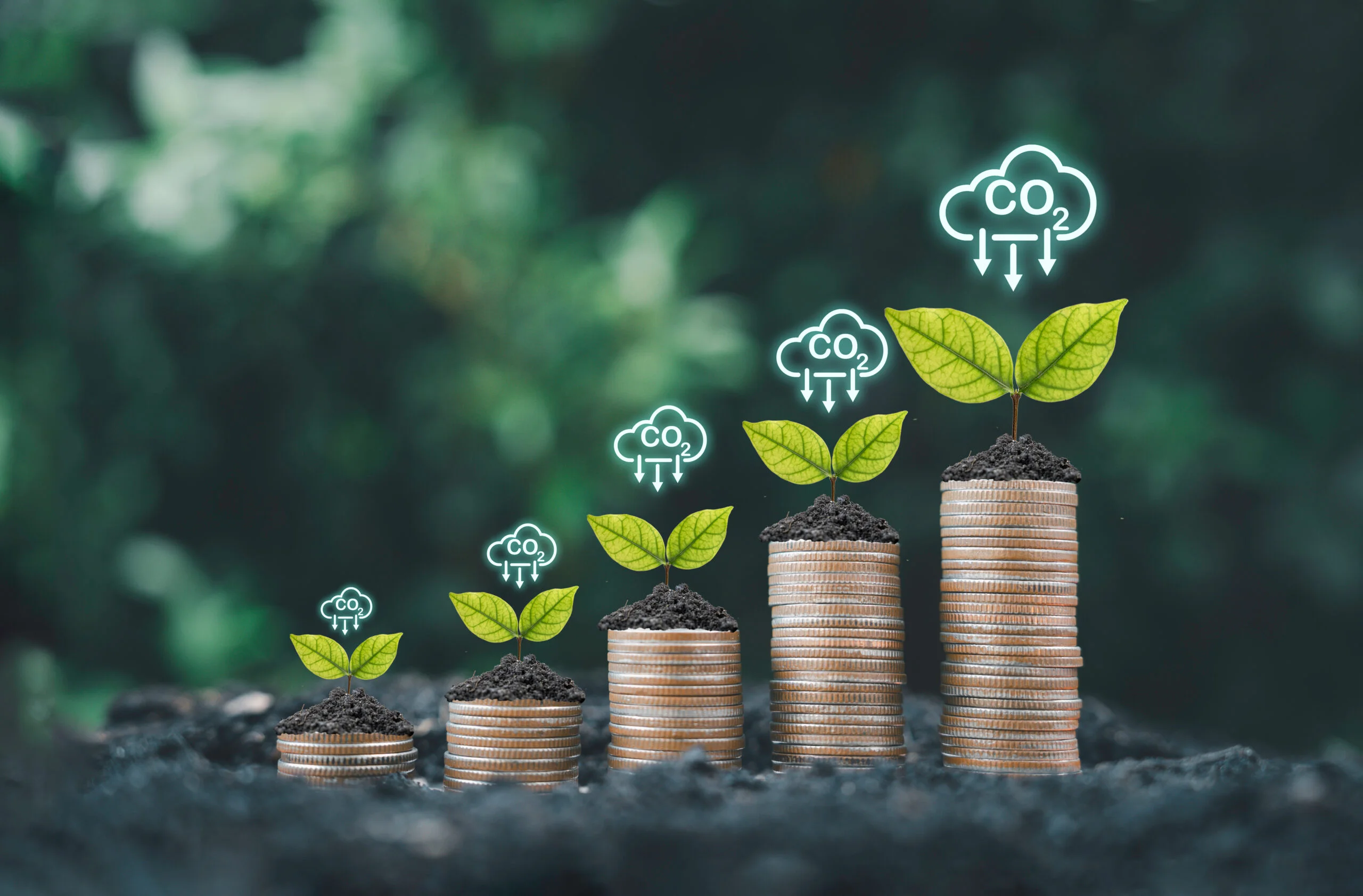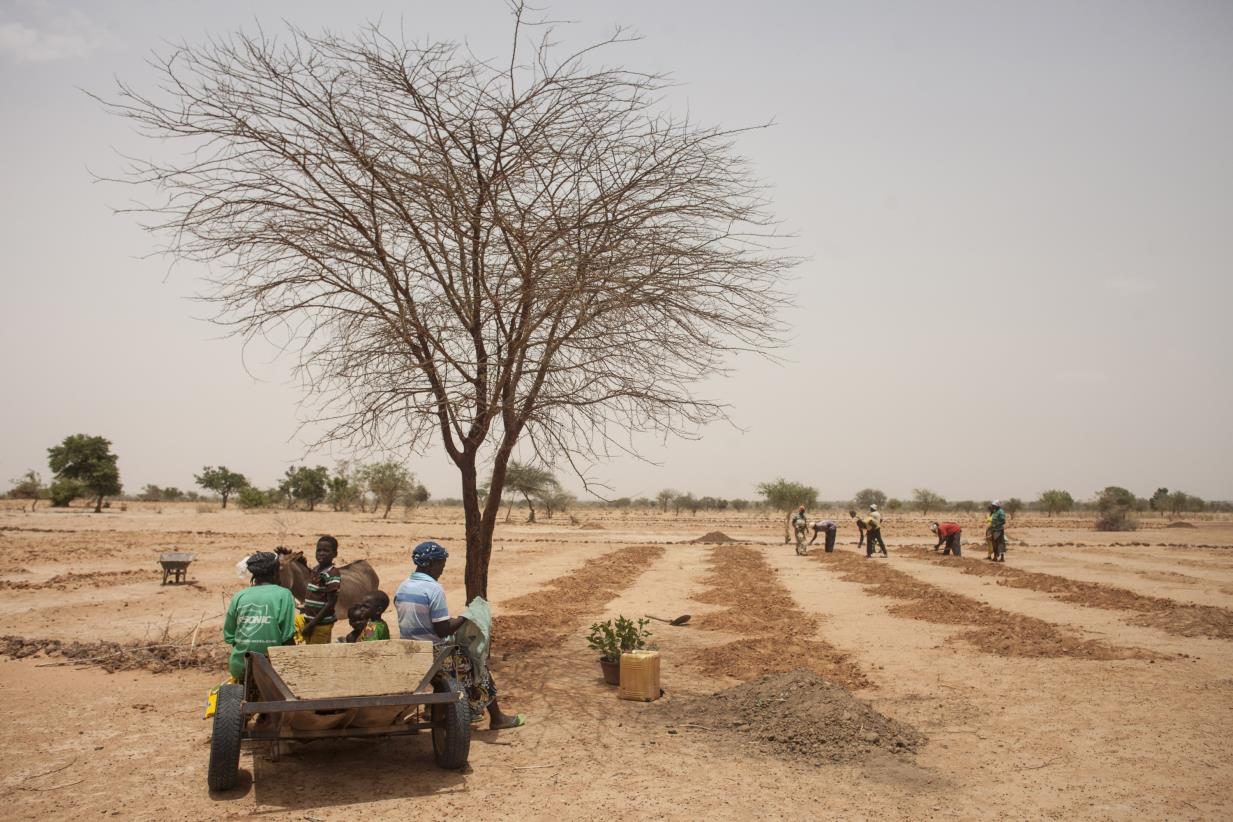AFR100: The African Forest Landscape Restoration Initiative

Africa is busy replanting itself. From the dusty stretches of the Sahel to Madagascar's lush rainforests, there is this huge movement picking up steam. It's called the African Forest Landscape Restoration Initiative, or if you want to keep it short, AFR100. The goal? Restoring 100 million hectares of degraded land by 2030, this is admittedly one of the boldest projects ever undertaken by Africa, bringing together science and policy, old traditions, and a lot of local elbow grease to rebuild what deforestation and neglect tore apart.
AFR100 kicked off in 2015, thanks to the African Union, the NEPAD Agency, and the World Resources Institute. The idea behind it isn’t complicated, but it’s powerful: fixing land isn’t just about sticking trees in the ground; it’s about giving people back their livelihoods. Now, over 30 countries are involved. Each one has promised to restore big areas, forests, savannas, and farmland. Put all those promises together, and we’re talking over 130 million hectares. That’s already more than the original target.

Don’t think of this as just another tree-planting drive.“Forest landscape restoration” is a mouthful, but really, it means mixing environmental recovery with economic hope. Most of those degraded lands aren't empty-they're home to farmers and herders. Restoring them needs to work for both the land and the people. So, instead of endless rows of a single tree species, the focus is on agroforestry, smart grazing, letting nature do some of the work, and getting communities to lead the way. In Ethiopia, these projects have turned drylands green again, helping farmers grow more food and keep more water in the soil. Rwanda's hills, which were once just bare dust, today are a patchwork of trees, crops, and small woodlots that bring in money and give shelter to wildlife.
What really sets AFR100 apart is how it works. Nobody’s running the show from some distant office. It's a unique collaboration. Governments, nonprofits, village elders, and investors all get a say. The African Union gives political backing; NEPAD keeps things moving; and experts chip in with tech, maps, and funding know-how. The sheer scale of it makes AFR100 a kind of banner for Africa’s own response to climate change, not as a victim, but as a continent rolling up its sleeves and bringing its forests back to life. Africa is re-greening itself, and it’s doing it on its own terms.
The Green Economy in Motion
AFR100 isn’t just about saving the environment. It is changing the way African countries view their lands and resources. Restoring degraded lands means much more than just planting trees: It creates jobs, brings in renewable resources, and helps rebuild rural economies that suffered through years of overuse and neglect. In this new green economy, trees turn into assets. Restoration isn’t just about looking good; it’s about energy, food, and real livelihoods, all while pulling carbon out of the air.

You see this shift everywhere. AFR100 projects have millions of small farmers, youth groups, and cooperatives working together. People run nurseries, grow seedlings, and keep forests healthy—earning carbon and timber credits as they go. Restoration sparks new businesses. In Kenya, for example, young entrepreneurs at Seedballs Kenya toss out seed pellets that help nature recover on its own. Over in Niger and Burkina Faso, farmers have gone back to old-school methods, protecting wild seedlings instead of clearing everything away. These simple techniques brought back thousands of hectares from the brink, at a tiny fraction of the cost of fancy machines.
Big investors are starting to pay attention, too. With public-private partnerships, AFR100 links local projects to the global climate finance world. Funds like the Land Degradation Neutrality Fund and the Global Environment Facility are now investing millions in African-run restoration businesses. Much of that is driven by carbon markets: trees, healthy landscapes absorb carbon, allowing projects to sell credits to companies trying to offset their emissions. It’s a chance for real profit, but there’s a catch. If nobody’s careful, carbon trading could just repeat old mistakes—where outsiders cash in and local people lose out.
That’s why AFR100 focuses on community control. Local groups make sure the money from forest projects comes back home, not just to outside investors. Many programs link restoration directly to farming, planting shade trees that help crops or choosing fruit trees that feed people and boost incomes. By making environmental repair a part of everyday survival, AFR100 turns climate action into something practical, not just a nice idea for the future.
This is Africa’s quiet green revolution. It’s not powered by giant machines or high-tech imports, but by seeds, shovels, and stubborn community effort. Where land was once stripped bare, business is growing. Forests aren’t just coming back, they’re finally starting to give back, too.
The Road to 2030 and Beyond
2030 is not far off, and AFR100 is entering its most critical phase yet. The project’s got energy behind it, but now there’s real pressure to show results people can see and measure. Sure, satellite photos and outside reports prove things are moving, but not everywhere, and not at the same pace. Some countries like Rwanda, Ethiopia, and Malawi are making real progress. Others are stuck, tangled up in politics, money problems, or wrestling over how land gets used. The big issue now isn’t dreaming big. It’s actually making all this happen, everywhere, and on a massive scale.
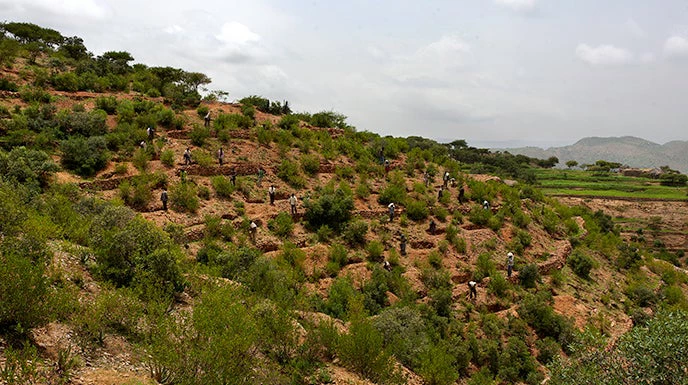
Restoring land isn’t quick. You plant a tree and then you wait, often for many years. Whole landscapes? They need decades to come alive again. A lot of AFR100 projects risk turning into quick planting sprees, with nobody sticking around to care for what’s planted. To keep these efforts going, you need steady funding, stable institutions, and systems that actually keep track of what’s happening. Sure, digital tech helps—drones scan tree cover, apps monitor which seedlings make it. But all that data doesn’t keep forests standing. People do. Local communities need to stay involved and keep benefiting from these forests, year after year.
AFR100 also faces a big question: can you balance the rush for carbon credits with basic fairness? If global investors only see African land as a place to offset their emissions, Africa could end up sending climate benefits abroad and getting little in return. Real success means African people actually own the forests they restore. Restoration should lead to pride and stability, not just another kind of dependence.
There’s real hope, too. In Burkina Faso, local projects combine traditional land rights with new ideas on conservation, ensuring that farmers legally own the land they bring back to life. This kind of ownership gives people a reason to protect and expand what they've started. Rwanda’s taken a similar path, weaving restoration into its national plans. When political drive meets environmental ambition, things start to change for real.
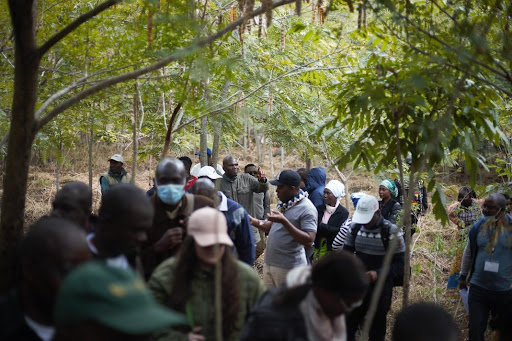
If by 2030 AFR100 hits even half its targets, Africa will have reclaimed more land than any other region ever has. That’s not just millions of new trees, that’s millions of new chances for people and communities. This isn’t the old story of development. It's new: recovery from within, guided by wisdom and a sense of responsibility for the future. While the world is searching for ways to bounce back, Africa is quietly showing what's possible: a rebuilding continent, piece by piece.
You may also like...
Why Graduates Are Not Getting Employed

Why are African graduates not getting employed? Explore the youth unemployment crisis and see what the real issue is ran...
Why Graduates Are Not Getting Employed

Why are African graduates not getting employed? Explore the youth unemployment crisis and see what the real issue is ran...
Flipping the Switch: How Mitchell Elegbe Changed African Finance Forever
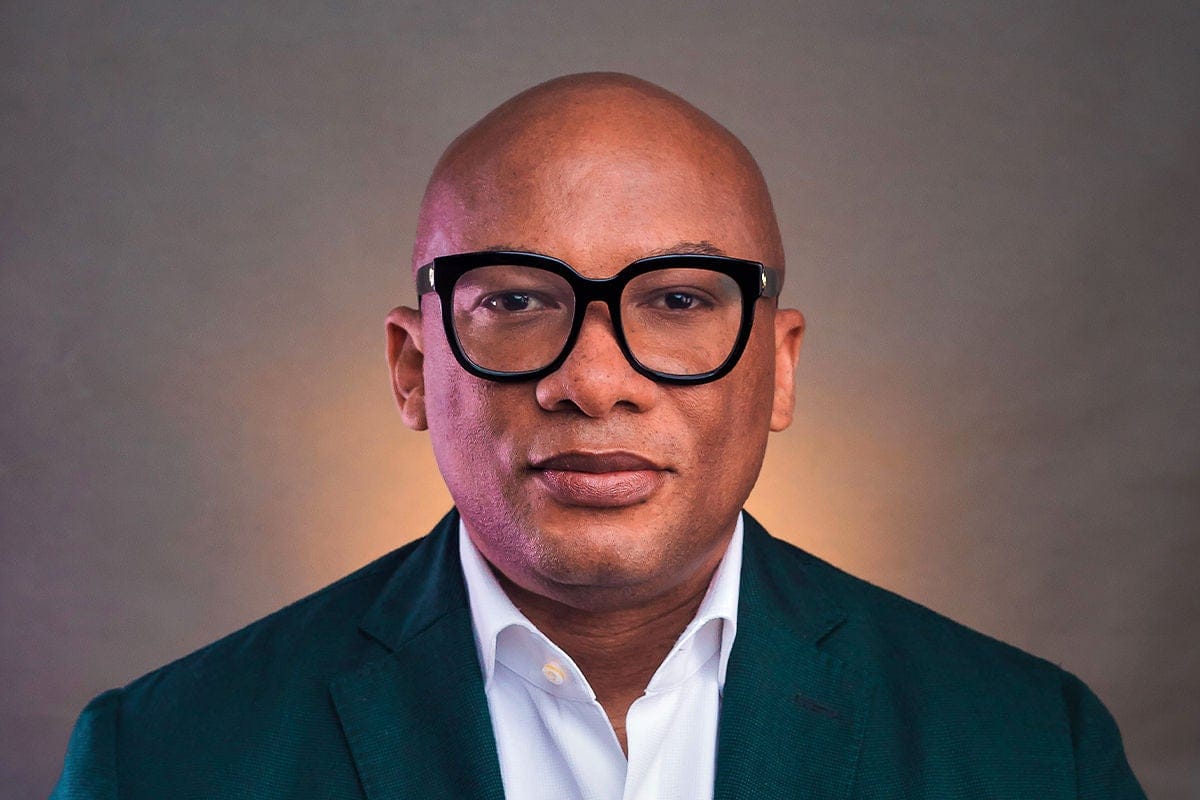
Meet Mitchell Elegbe, the man who flipped Africa’s financial system, turned ATMs into opportunity, and built a $1 billio...
Boxing Drama Erupts: Eubank Jr. & Benn Fathers Clash, Demons Surface for Rematch

The highly anticipated boxing rematch between Conor Benn and Chris Eubank Jr. is set amidst a backdrop of personal strug...
Iconic Reunion: Nicolas Cage and John Woo Team Up 28 Years After 'Face/Off' for New Thriller

John Woo and Nicolas Cage are reuniting for <em>Gambino</em>, a new crime biopic about mob boss Carlo Gambino, with Cage...
Latin Grammys 2025 Unleashes Star Power: CA7RIEL & Paco Amoroso's Glamour Meets Raphael's Thrills!

The 2025 Latin Grammy Awards celebrated top artists like Raphael, honored as Person of the Year, and showcased vibrant p...
A-Rod Faces Demons: HBO Special Confronts Baseball Legend's Infamous Scandal
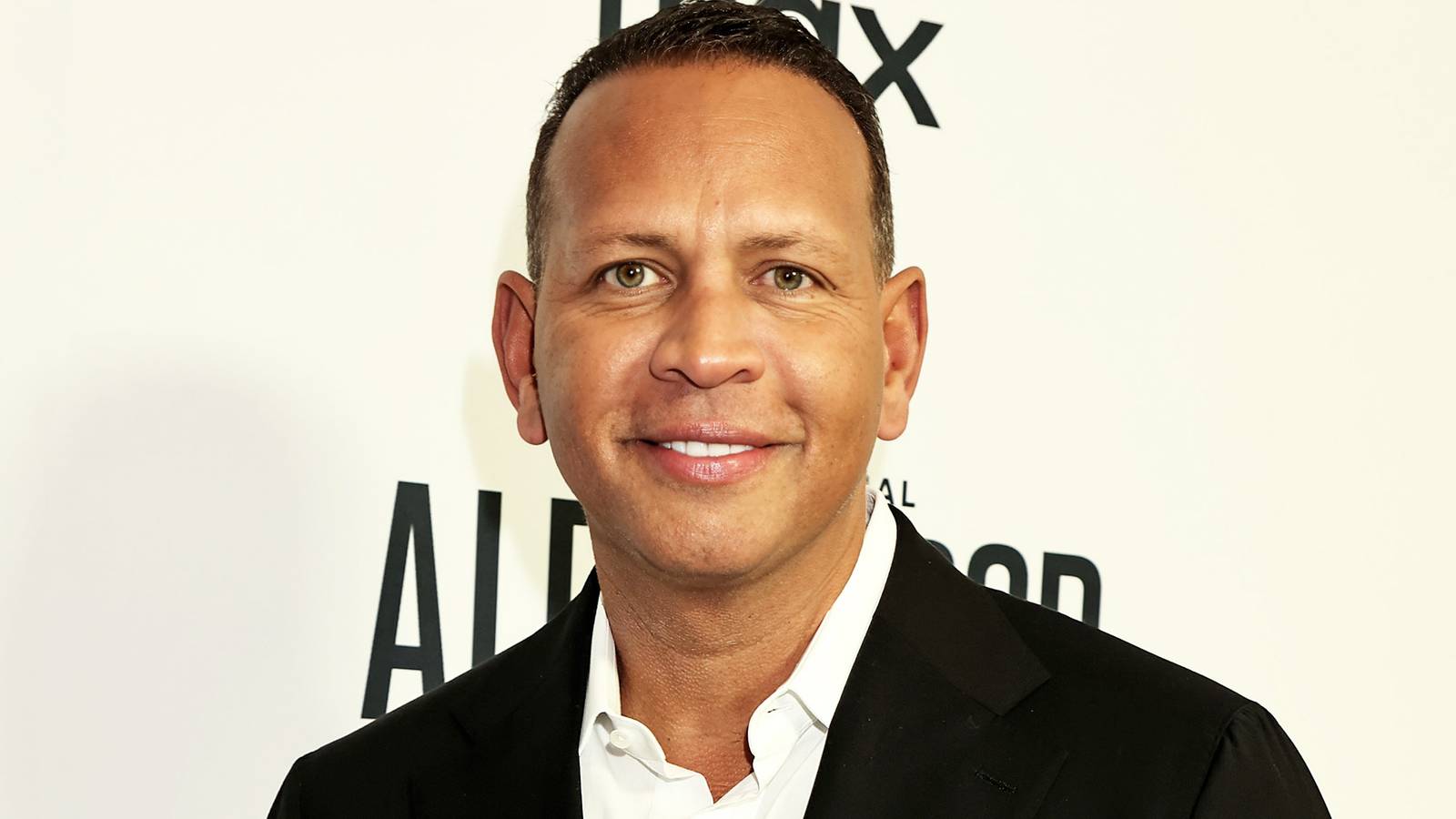
The HBO documentary "ALEX vs AROD" explores the complex journey of Alex Rodriguez, delving into his polarizing career fr...
Angola Unleashes €189M for Mavinga Airport, Fueling Border Region Boom

Angola has approved a €189 million investment for Mavinga International Airport in the Cuando Cubango province, aiming t...
